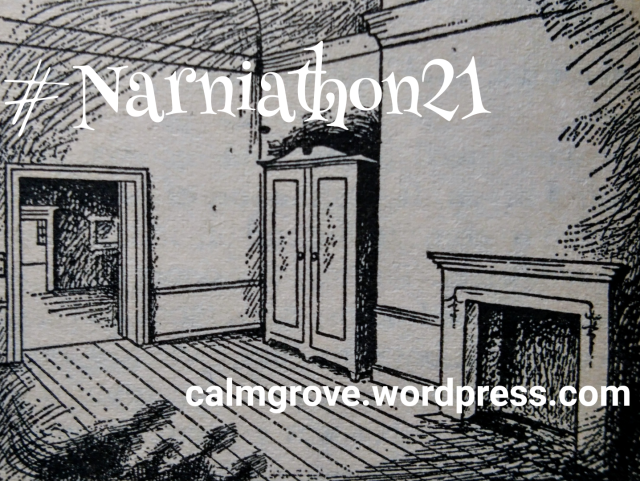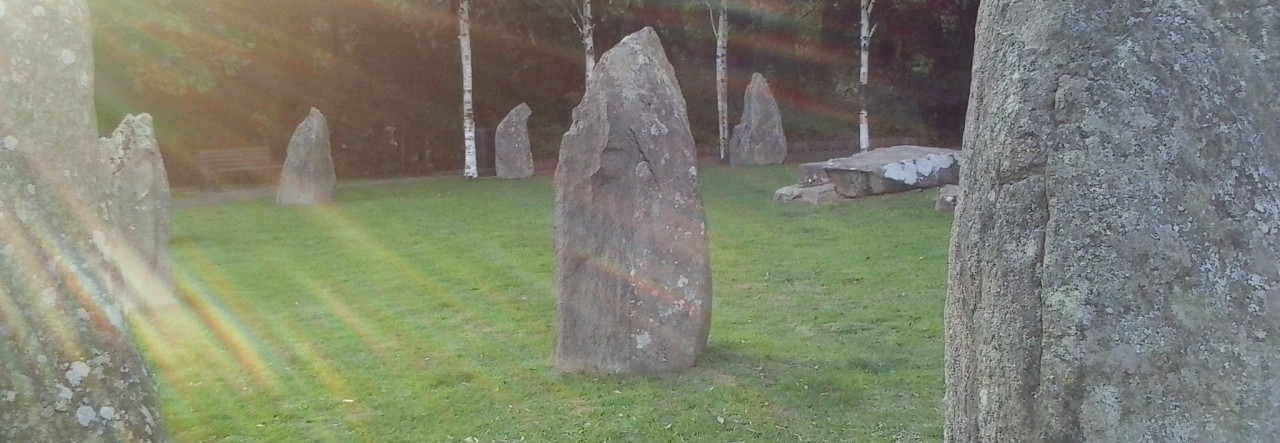
The Magician’s Land
by Lev Grossman.
Arrow Books, 2015 (2014).
“What do you do, Quentin?”
Chapter 6
[Plum] said it as if she were not completely convinced it was his real name.
“Not much,” he said. “My discipline is mending.”
The third book of Lev Grossman’s Magicians Trilogy is indeed largely about mending, about fixing things that are broken, about returning affairs to their pristine state. But is the former dilettante Quentin, apparently washed up and at a loss, the one to do it?
We’ve followed him through his student days at Brakebills College for Magical Pedagogy, his adventures with Brakebills graduates in the magical land of Fillory, and then his utter banishment from there. As The Magician’s Land opens he finds himself in a strange New Jersey bookstore, drawn there by an enigmatic note.
And suddenly he’s besieged by memories of the Books of Fillory – a fantasy series penned in the early 20th century by American emigré Christopher Plover – when he’s invited to join a team, a select group tasked with retrieving a suitcase. When it emerges that the suitcase is embossed with the initials of a character who featured in the books but turned out not to be fictional, all the signs seem to suggest Quentin may be returning to Fillory – but will it be the Fillory he knew?

[Plum] wanted a book to do to her what books did: take away the world, slide it aside for a little bit, and let her please, please just be somewhere and somebody else.
Chapter 16
I love books, especially books that “do what books do,” as the character Plum muses. And there are certain books that repay re-reading because although you might remember the “somewhere else” where the story took you, you may nevertheless have forgotten precisely how it got you there. The Magician’s Land was just such a book for me. As a worthy addition to its two predecessors it had all the qualities that I had previously relished: descriptions and details that encouraged me to suspend disbelief in magic, partly counterbalanced by slightly cynical, almost world-weary, commentaries from the mouths of various characters.
And what characters they are, all very distinctive though at times confusing, as might be expected when you have the names of several individuals beginning with the letter ‘J’. Grossman manages to include several proactive, kickass female characters, particularly Janet, Julia, Jane and Alice; and he’s not averse to switching to a point of view other than Quentin’s, our principal protagonist – to High Queen Janet, for instance, or to newcomer Plum.

Along with moments of existential jeopardy the pages are packed with fun, witty and occasionally humorous touches: imperious hipoogriffs, Alice as a demon niffin dubbed a Blue Meanie, a sand-surfing sailing ship crewed by bunnies. And we meet old friends and revisit familiar places like Brakebills, Castle Whitespire and the Neitherlands, a cross between Narnia’s Wood Between the Worlds and the cursed city of Charn.
But it’s the mention of where the Fillory saga began, as outlined in this fiction’s draft narrative entitled The Door in the Page, that reminds us of the particular magic that the author Grossman is conjuring up: that a book (whether fantasy or any other genre) is in itself ‘a spell for making a land’ – and also for a period in time and the figures that people it. If the spell is particularly powerful then it can only underline the truth of the adage which Plum alights on, ‘That was one thing about books: once you read them they couldn’t be unread.’
That’s the nature, too, of The Magician’s Land, for which there remains just one question to answer. If a land goes the way of all worlds, towards apocalypse and destruction, is anyone ever going to be in the position to mend it? Grossman has taken us on an extraordinary journey, so will he finally bring us to a safe harbour?

Read for Wyrd & Wonder. I’ve now posted reviews of all three titles in Grossman’s Magicians Trilogy

With Fillory being part-inspired by Narnia this review is an addendum to the #Narniathon21 readalong

In @Bookforager’s picture prompts I’ve selected the occult hand image for The Magician’s Land. This follows the skeleton icon for Michelle Paver’s Wakenhyrst, the books icon (for Borges’s ‘Tlön, Uqbar, Orbis Tertius’, the pistol (for Jo Nesbø’s Midnight Sun), the tree (Astrid Lindgren’s Ronia the Robber’s Daughter) and the castle (the graphic novel of Scott’s Ivanhoe).


I love the way this third book expands and wraps up the story of the worlds he created in The Magicians and The Magician King. It was an auxiliary pleasure, back in the early days of metafictional websites on the internets, to find the website for Brakebills.
LikeLiked by 1 person
It was immensely satisfying, wasn’t it?! I’m glad I needed to reread it before reviewing. And after reading the unsatisfactory Codex (and seeing that I wasn’t the only reviewer to feel the characters were cardboard cut-outs) I was glad to see that Grossman had got the message by the time he embarked on this trilogy.
LikeLike
Consider me intrigued, Chris….
LikeLiked by 1 person
Intrigued is good, Karen, that was my intention!
LikeLiked by 1 person
I could see the Narnia influences, probably added to more by Baynes’ illus. A series I hadn’t known earlier but which you’ve certainly got me interested in.
LikeLiked by 1 person
It’s definitely irreverent (by which I mean there’s the occasional choice word!) yet also lyrical (by which I mean some beautiful descriptions and character insights) with cliffhanging action. I really relished it! And as an explorer of ideas in books it gave me much to think about. 🙂
LikeLiked by 1 person
This series looks really interesting! Another one for my TBR.
LikeLiked by 1 person
Sorry – but I think you may enjoy it if you’re in the mood to be whisked away to alternative realities!
LikeLike
I do enjoy the odd alternative reality!
LikeLiked by 1 person
😁
LikeLike